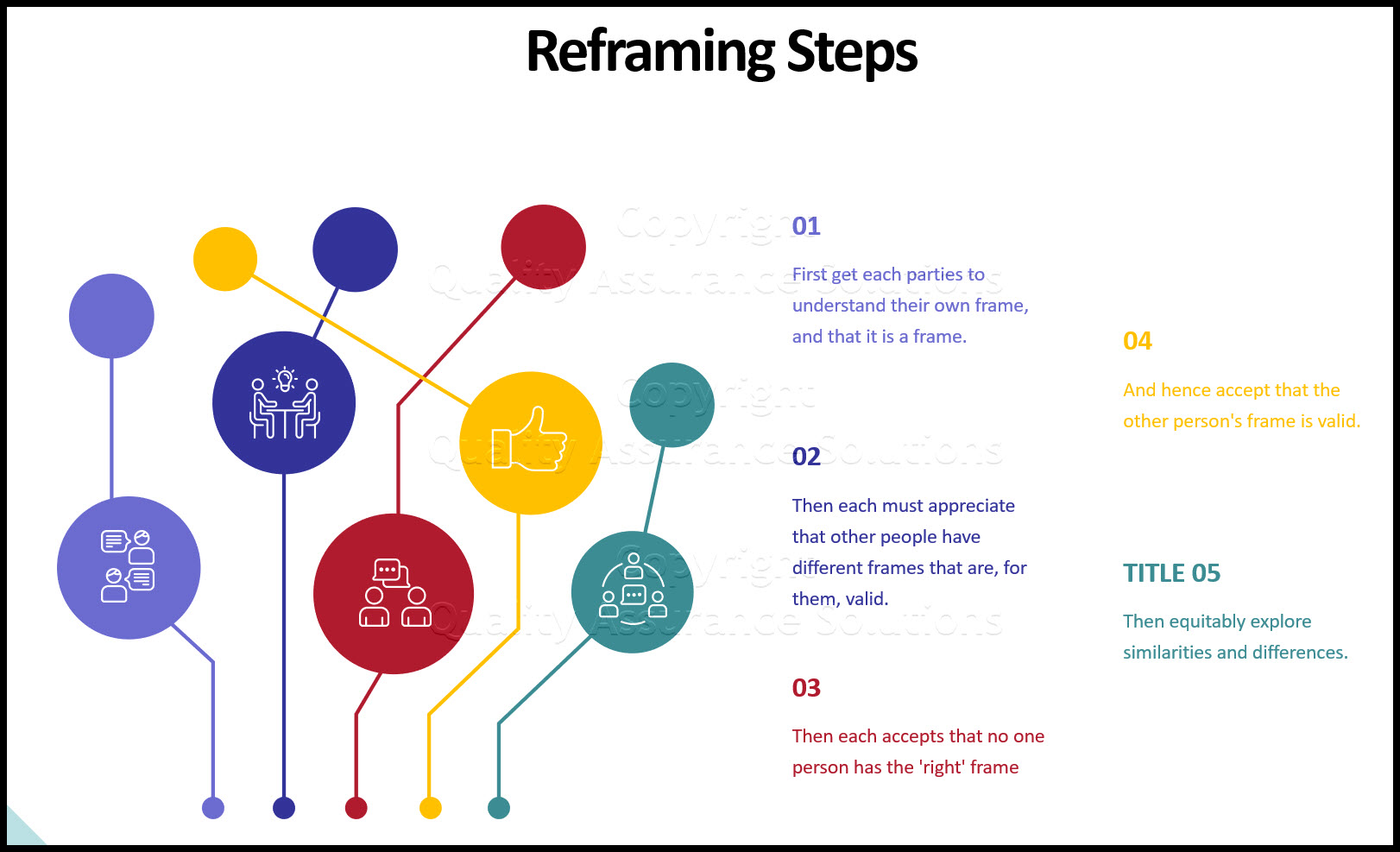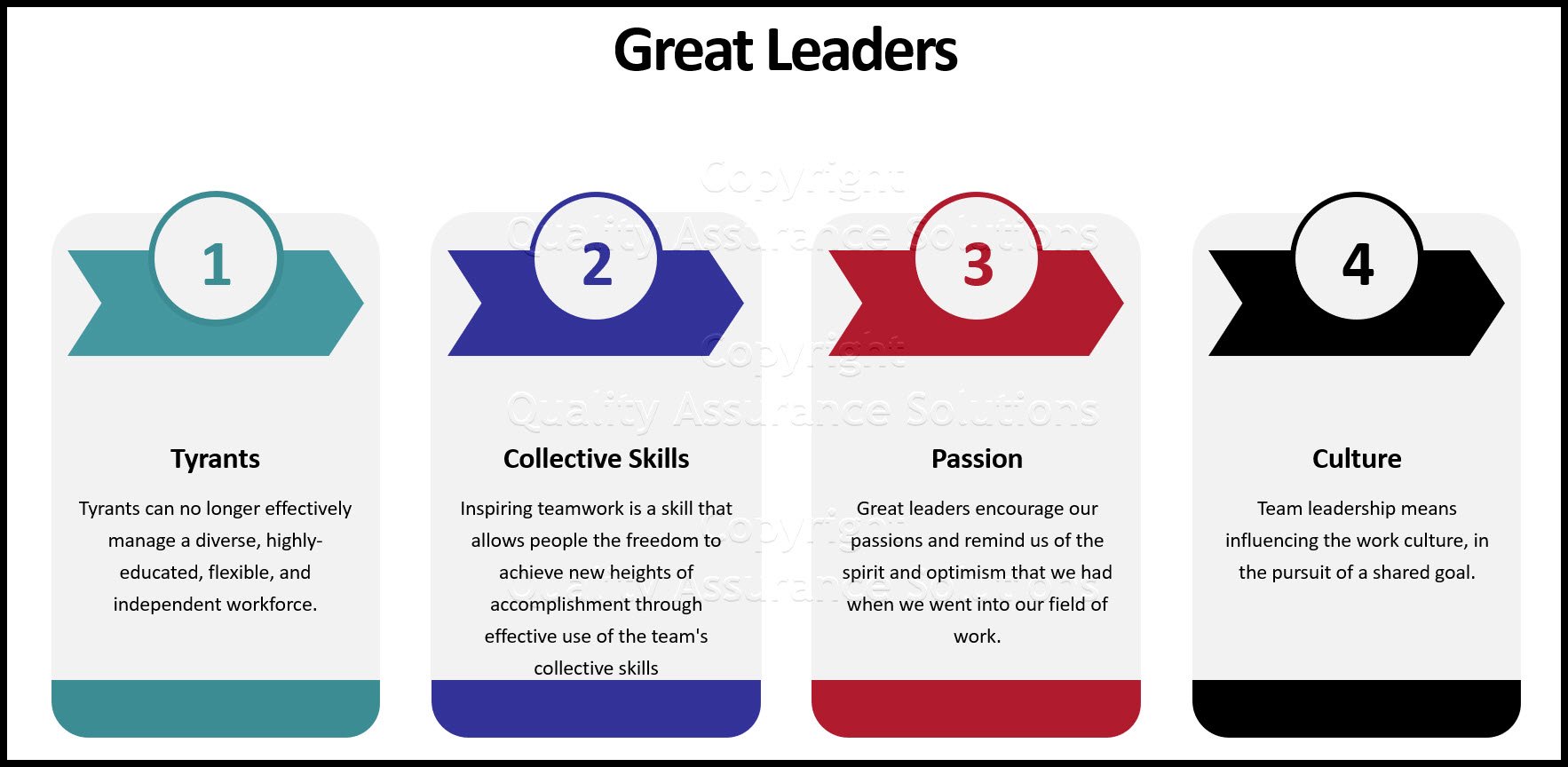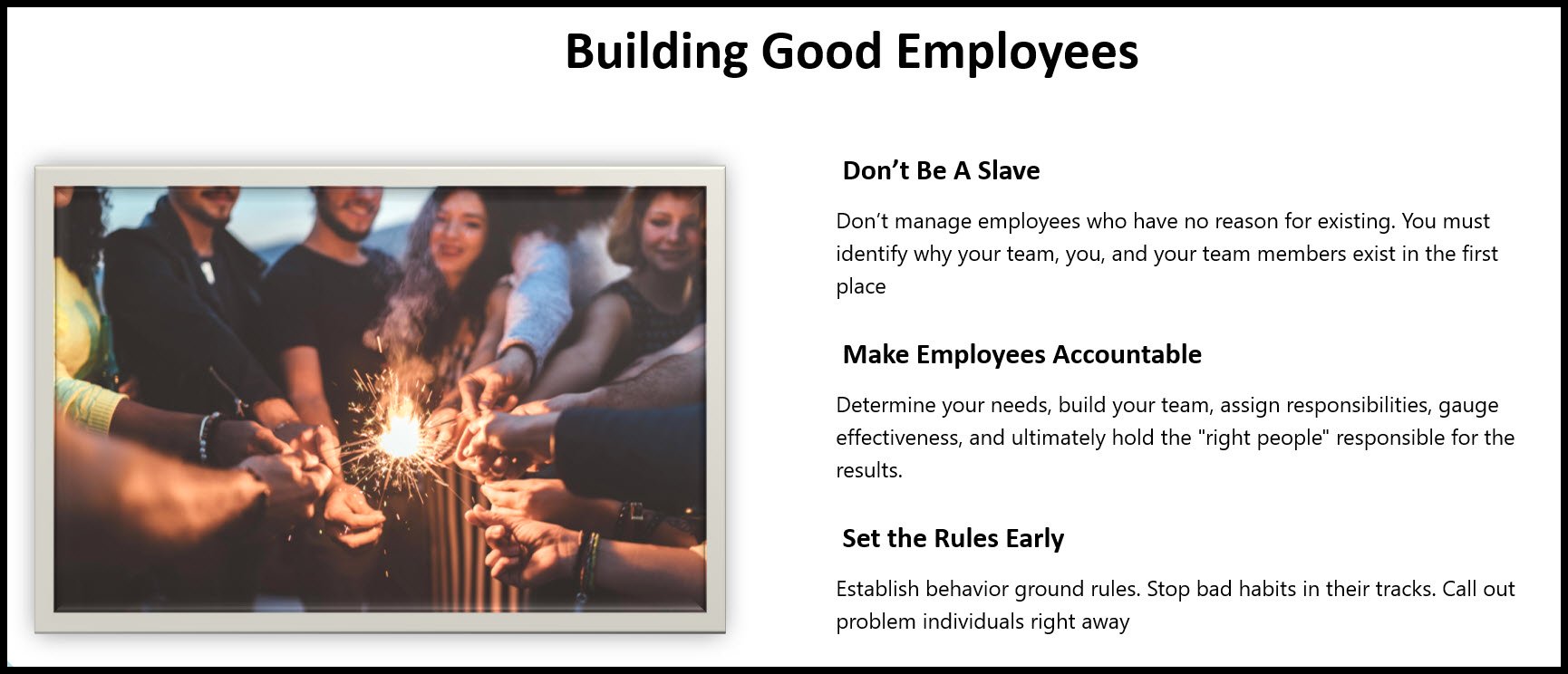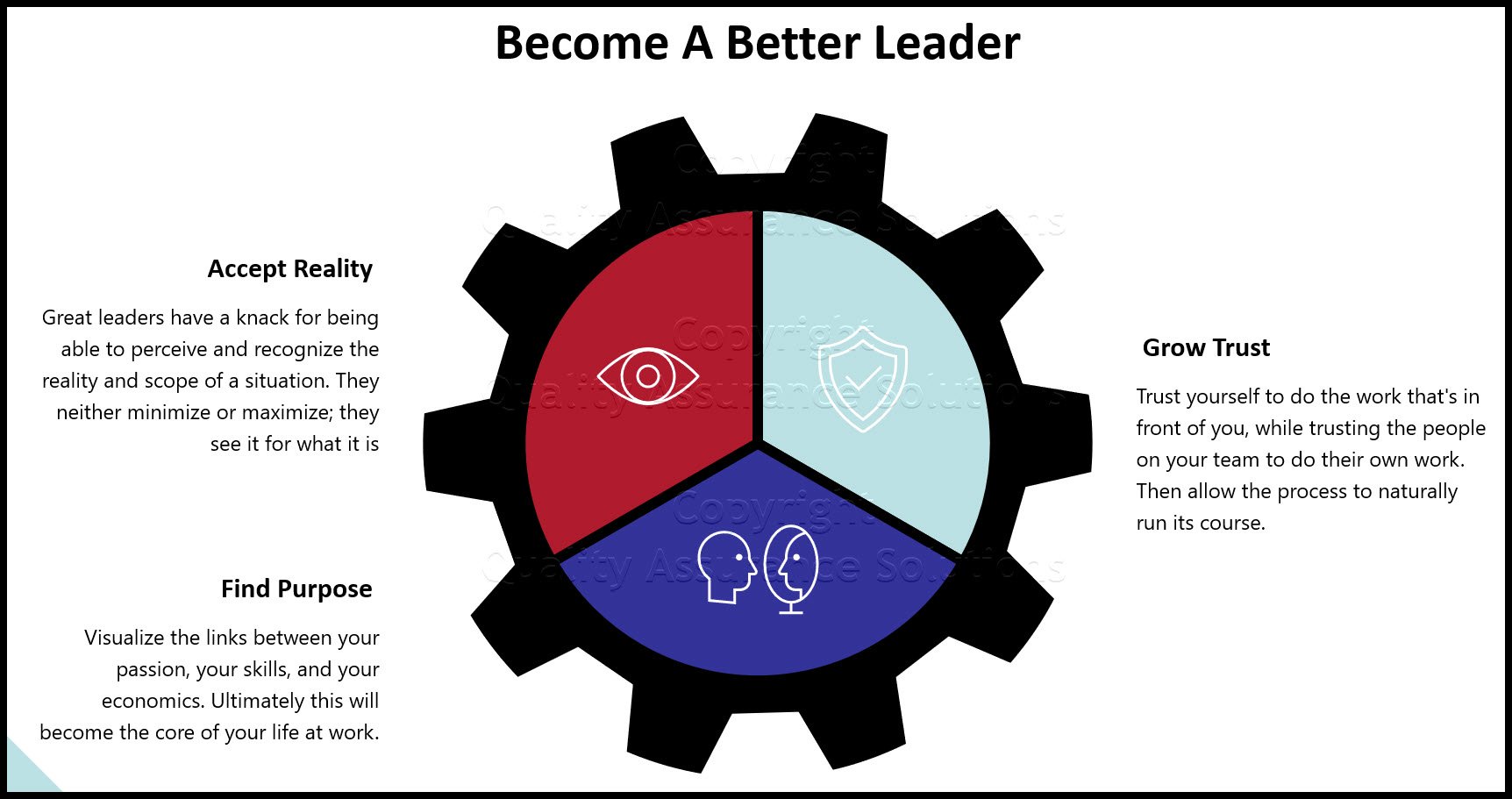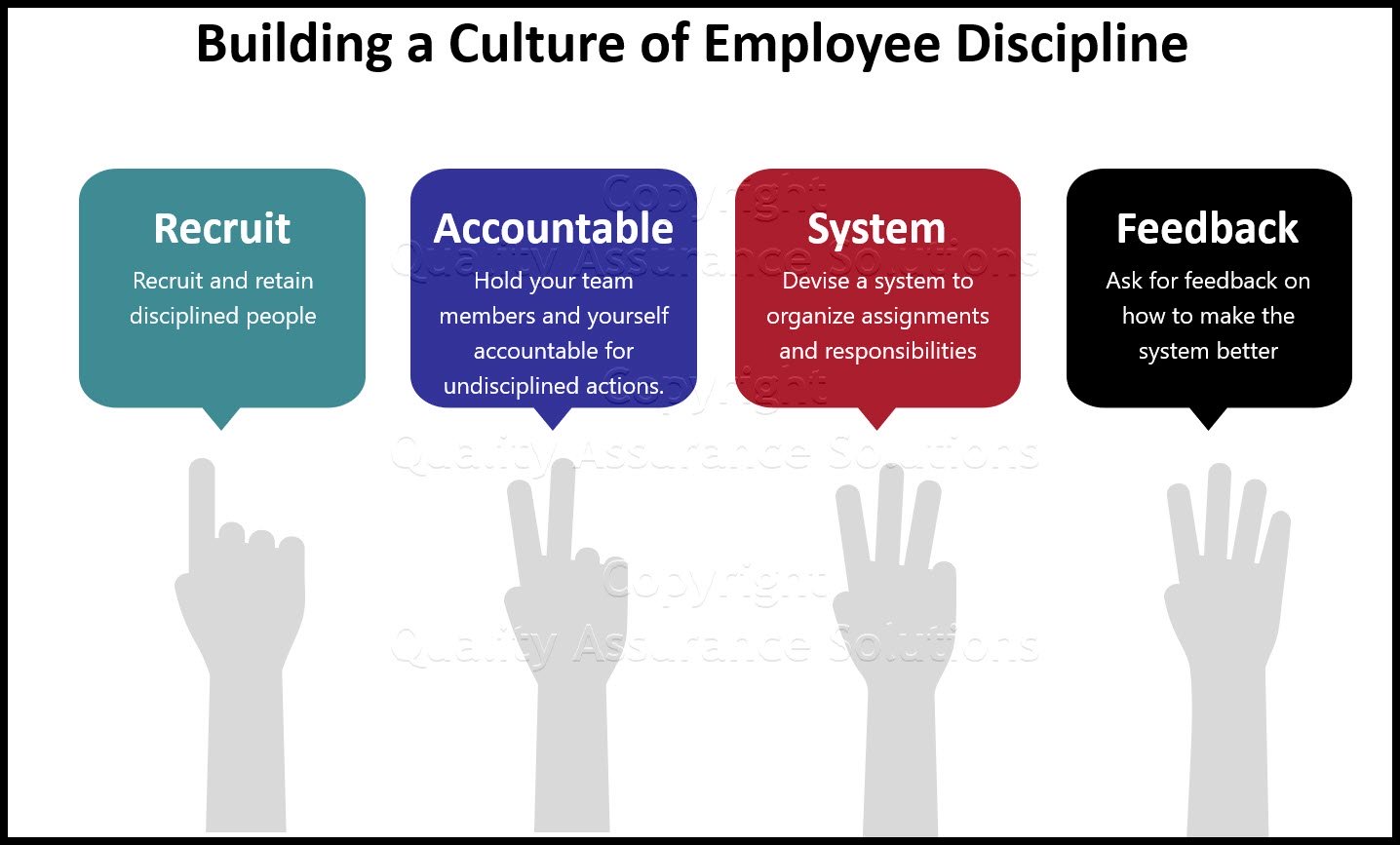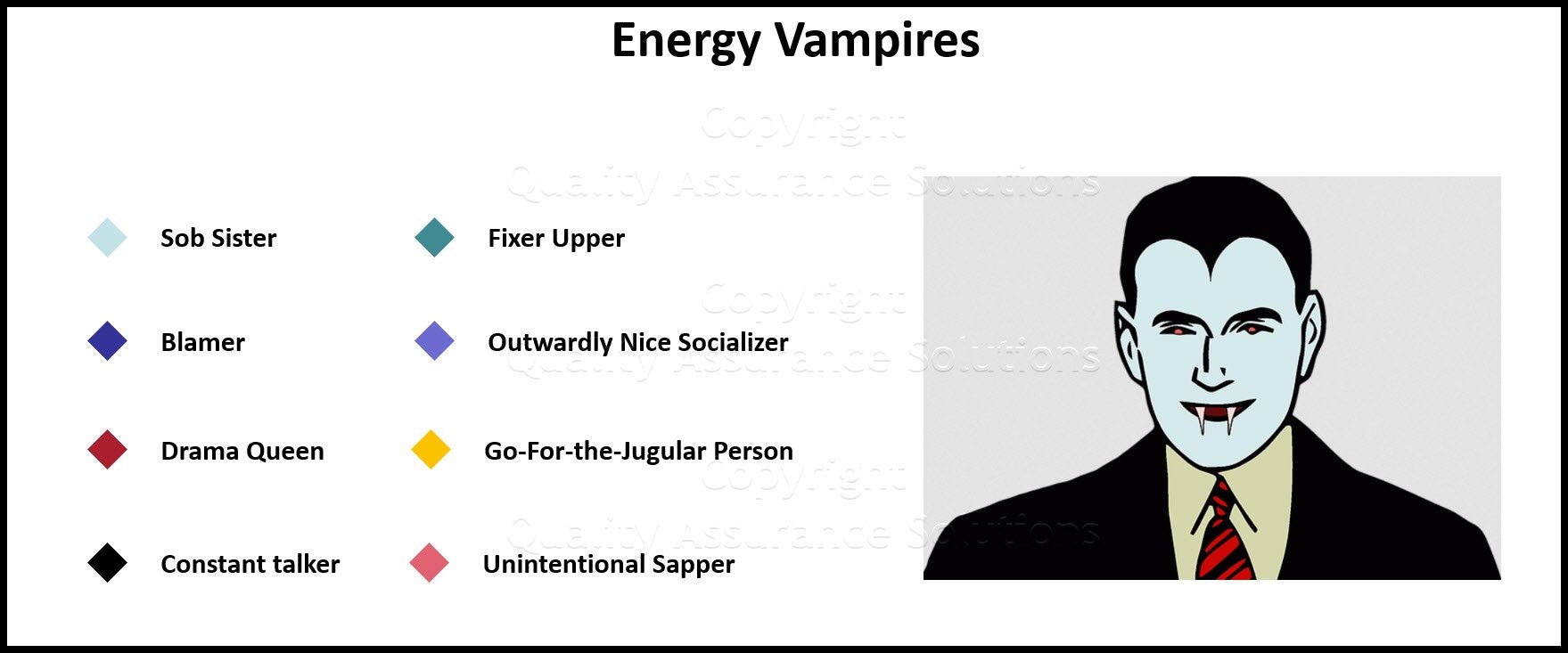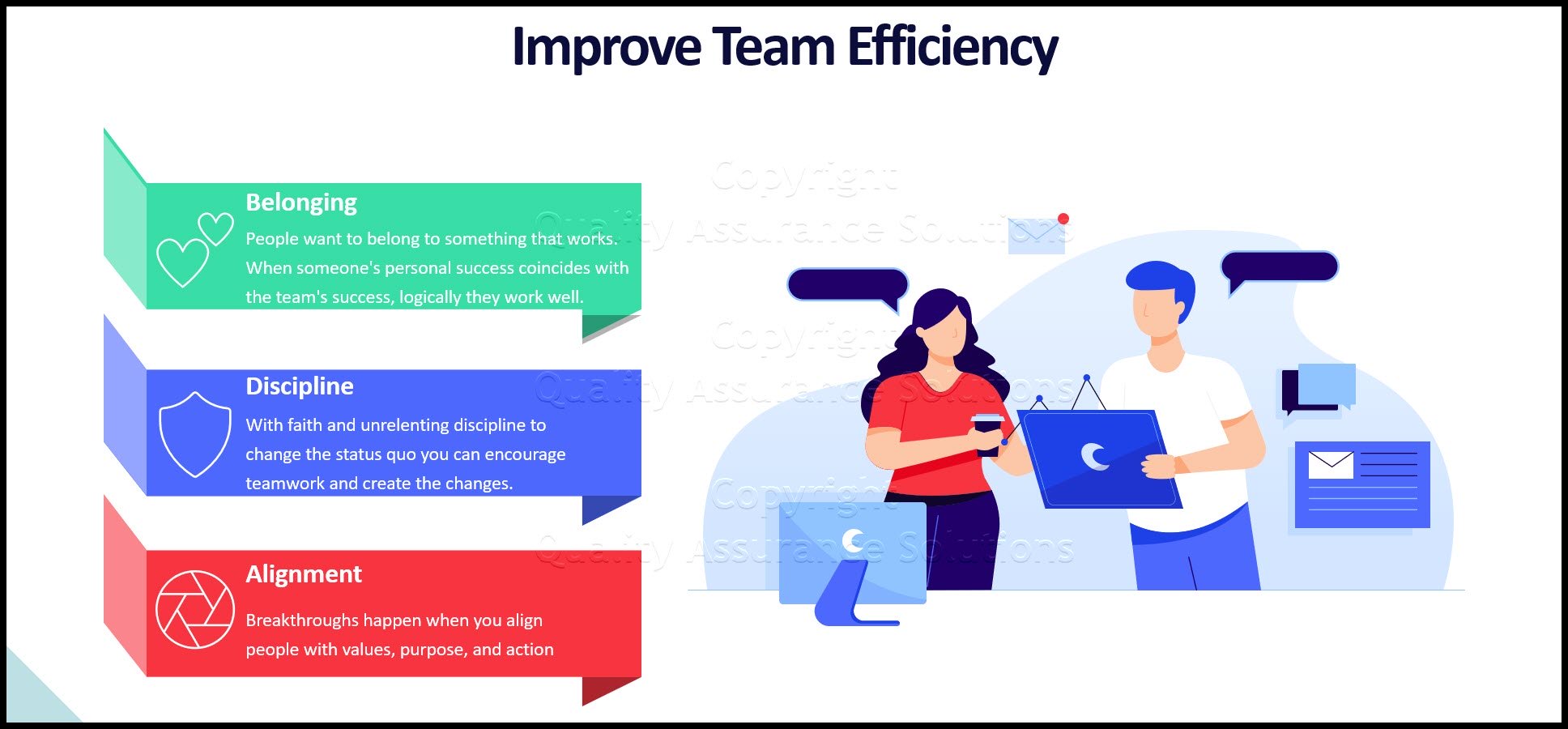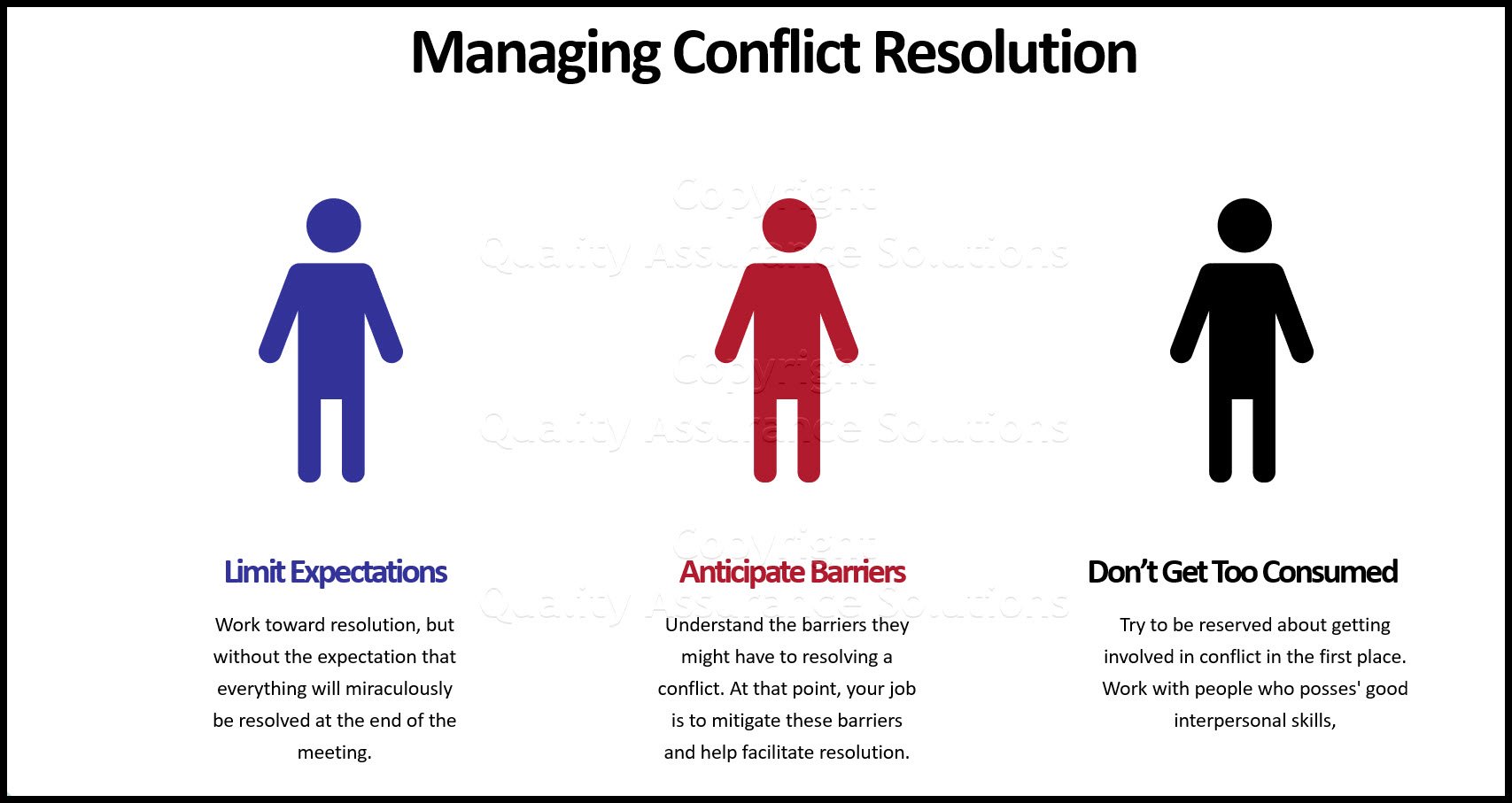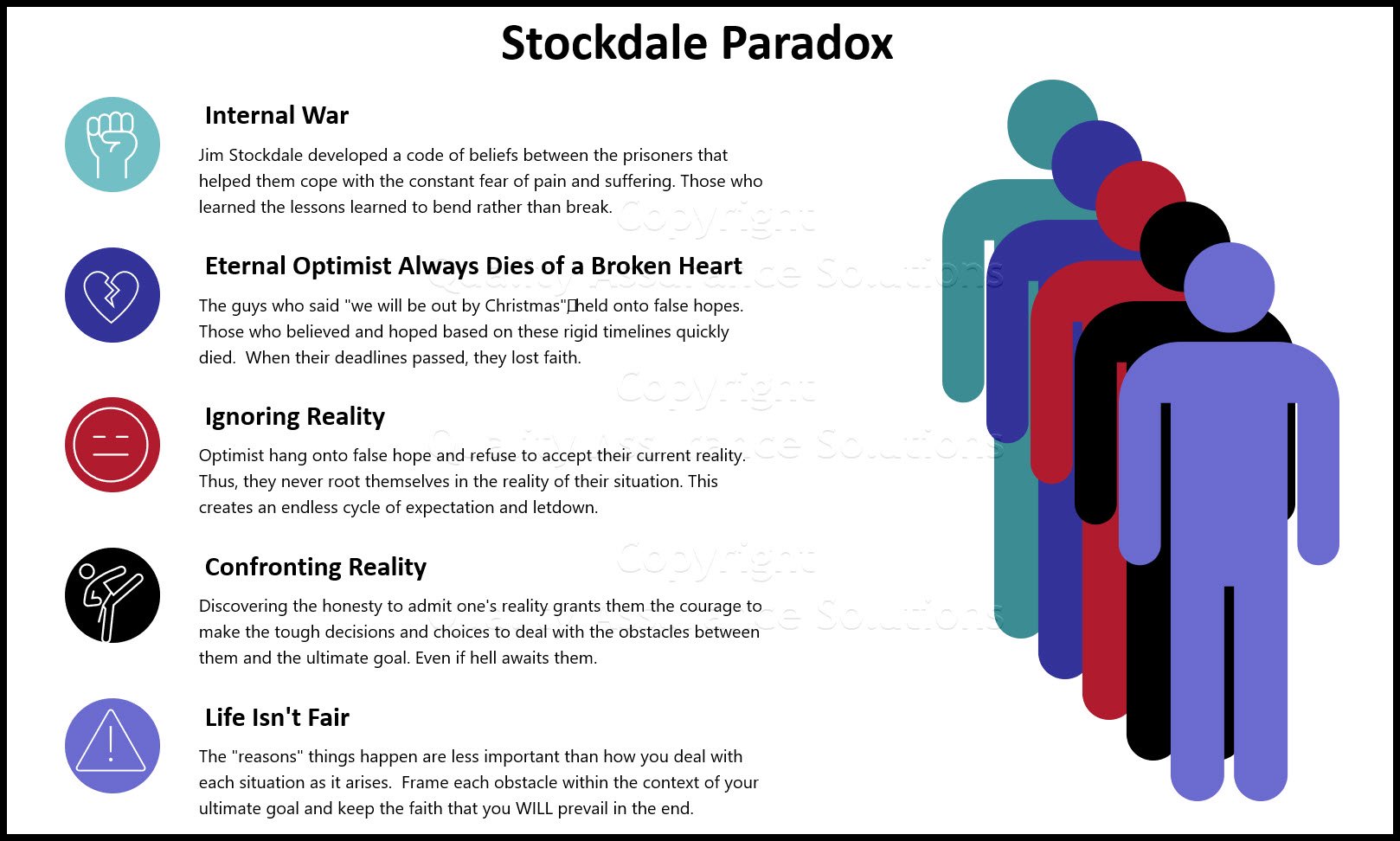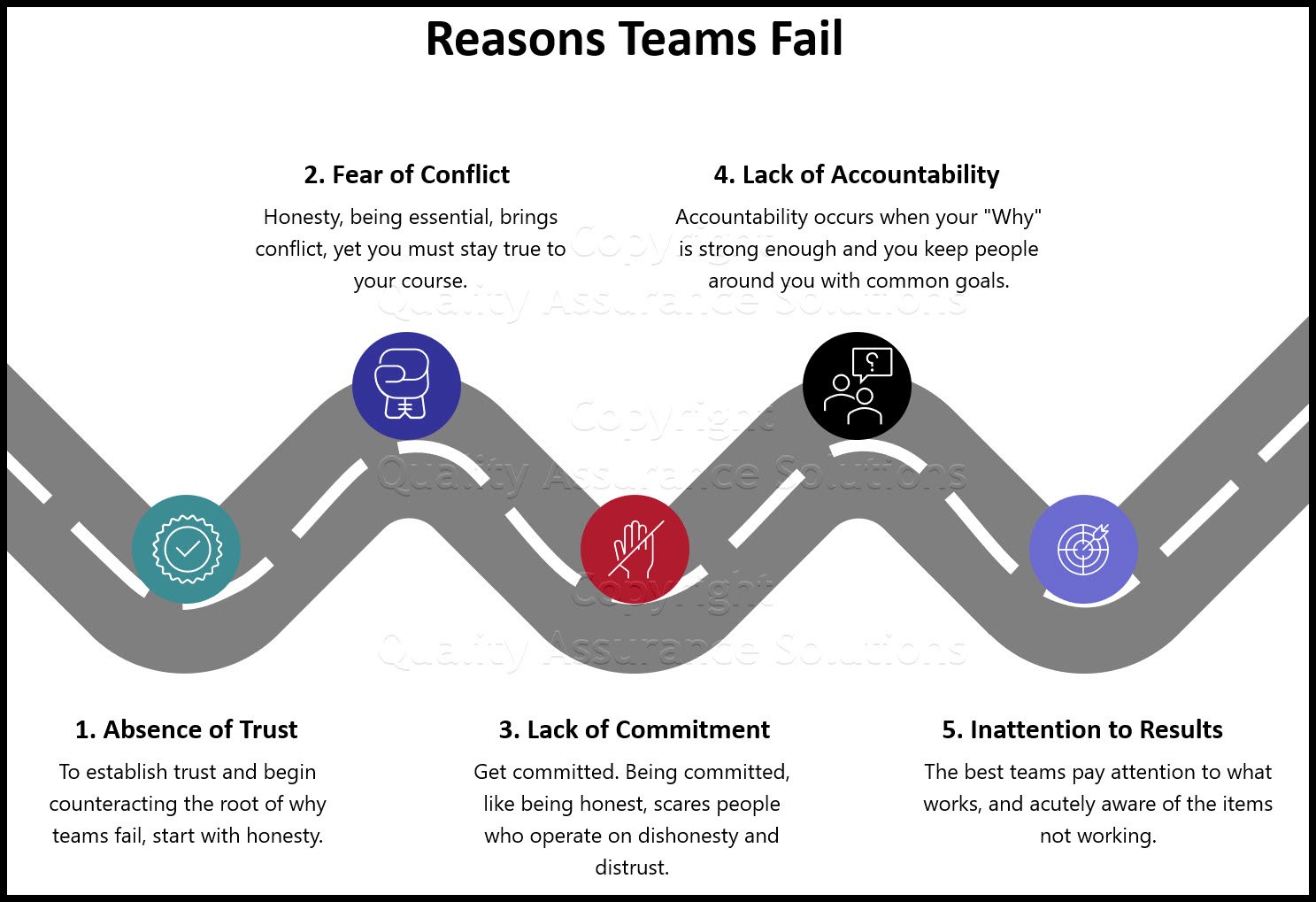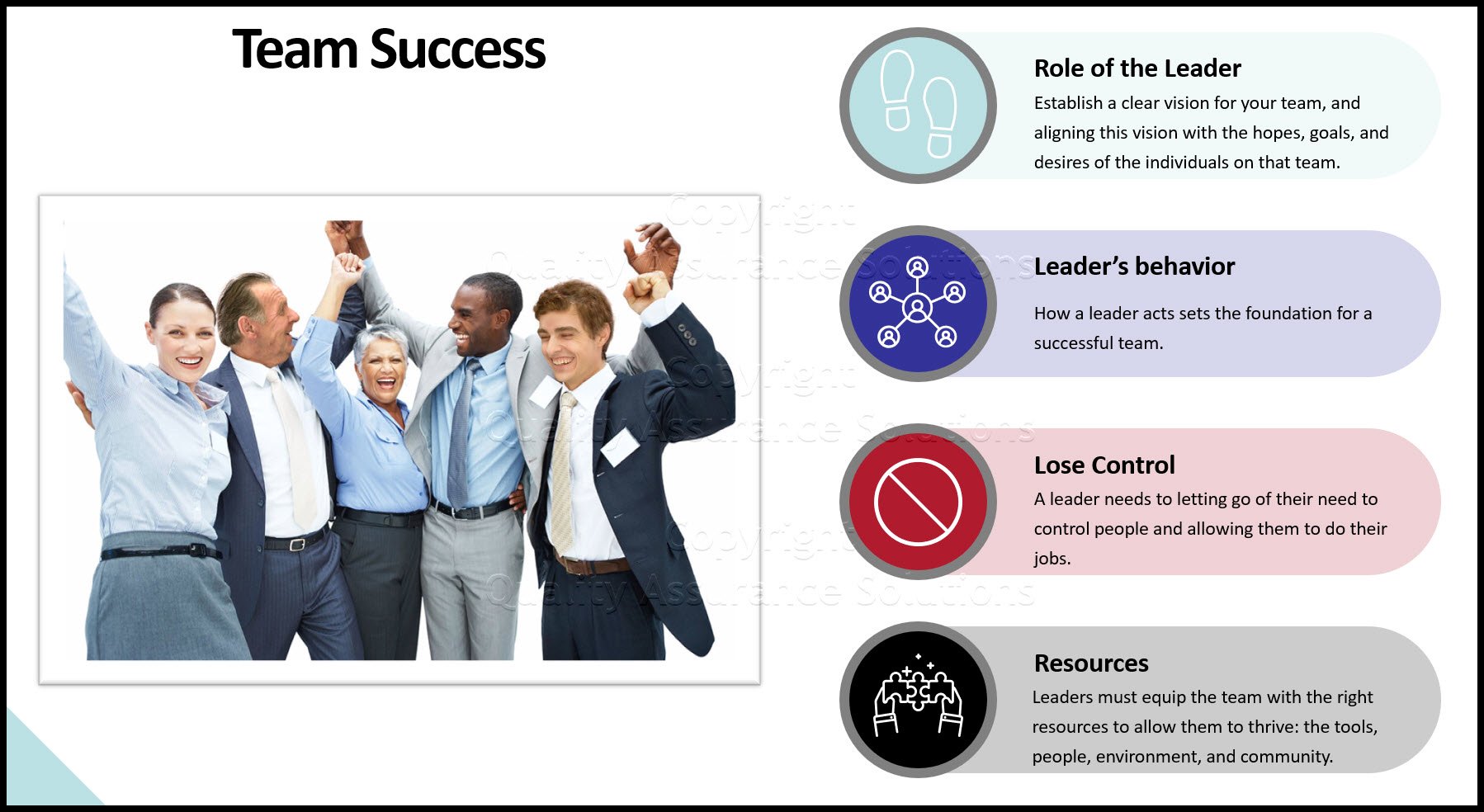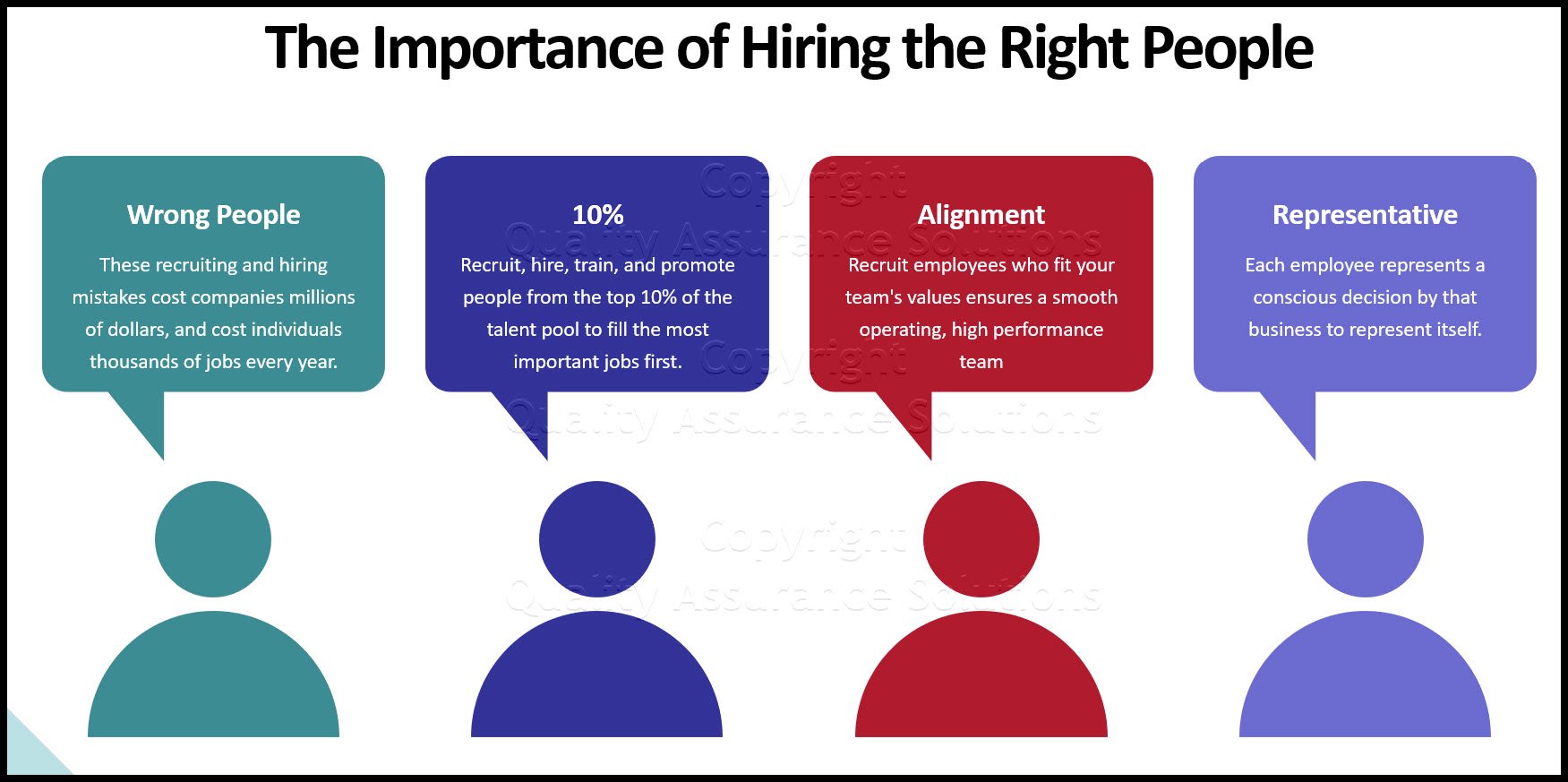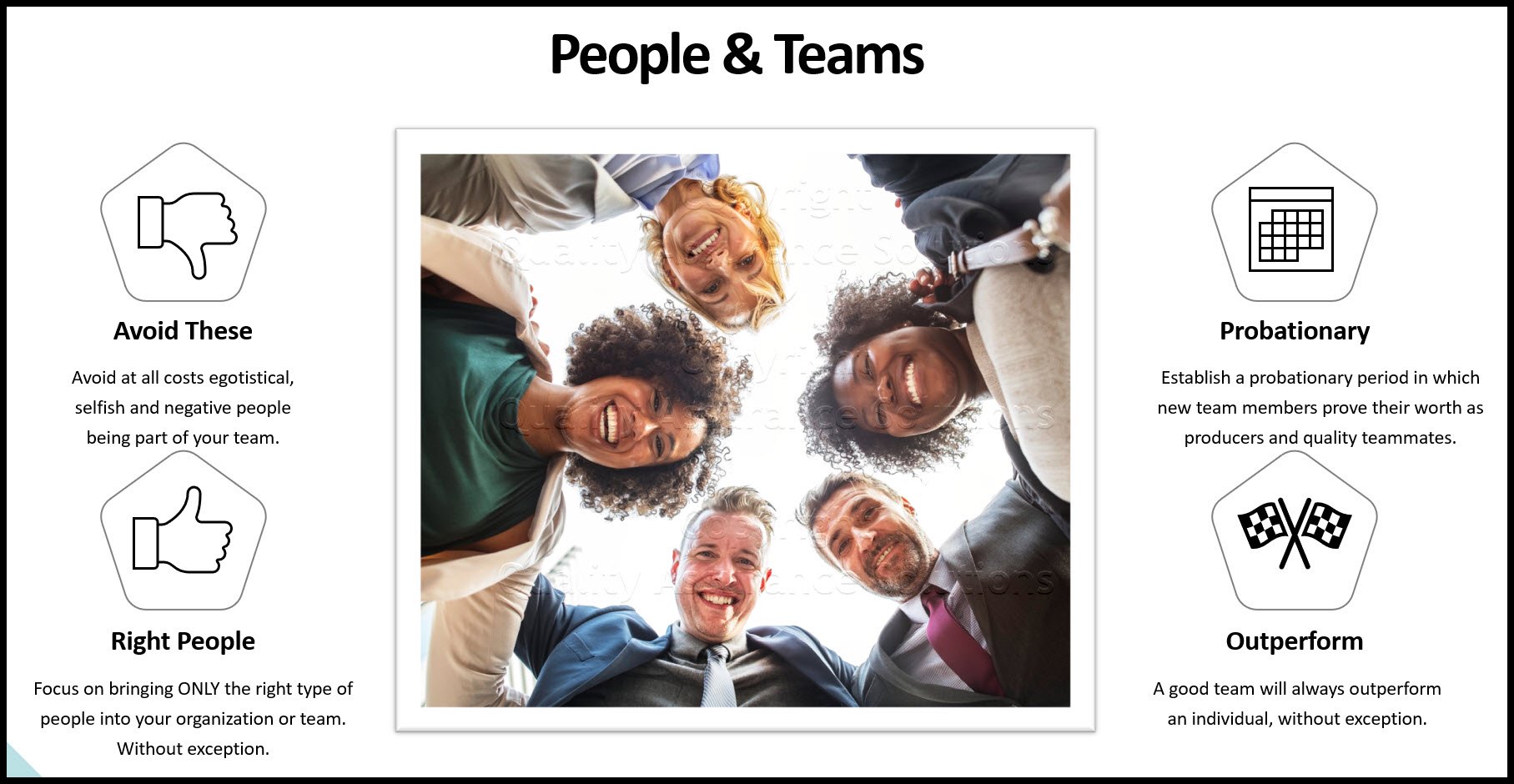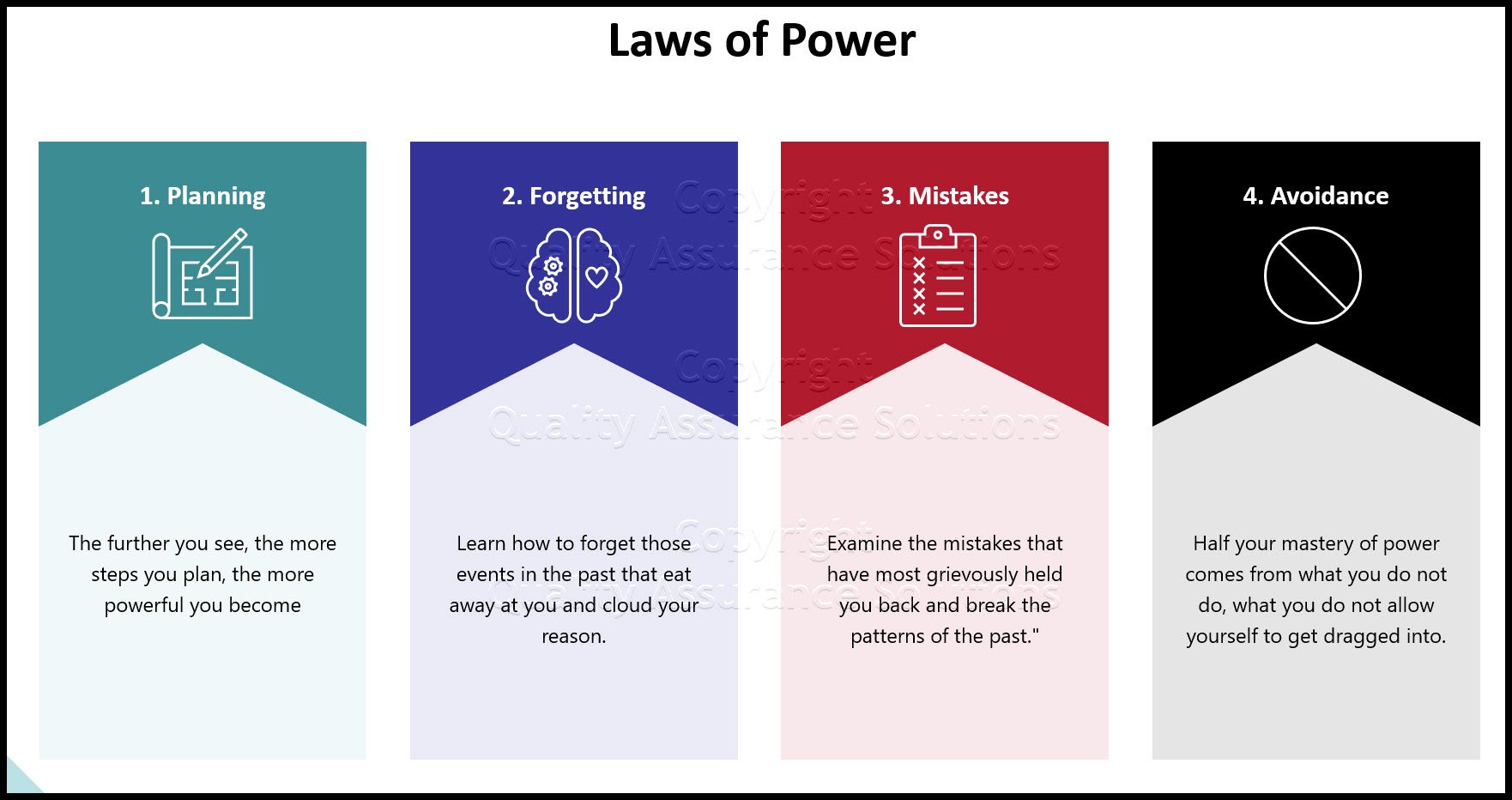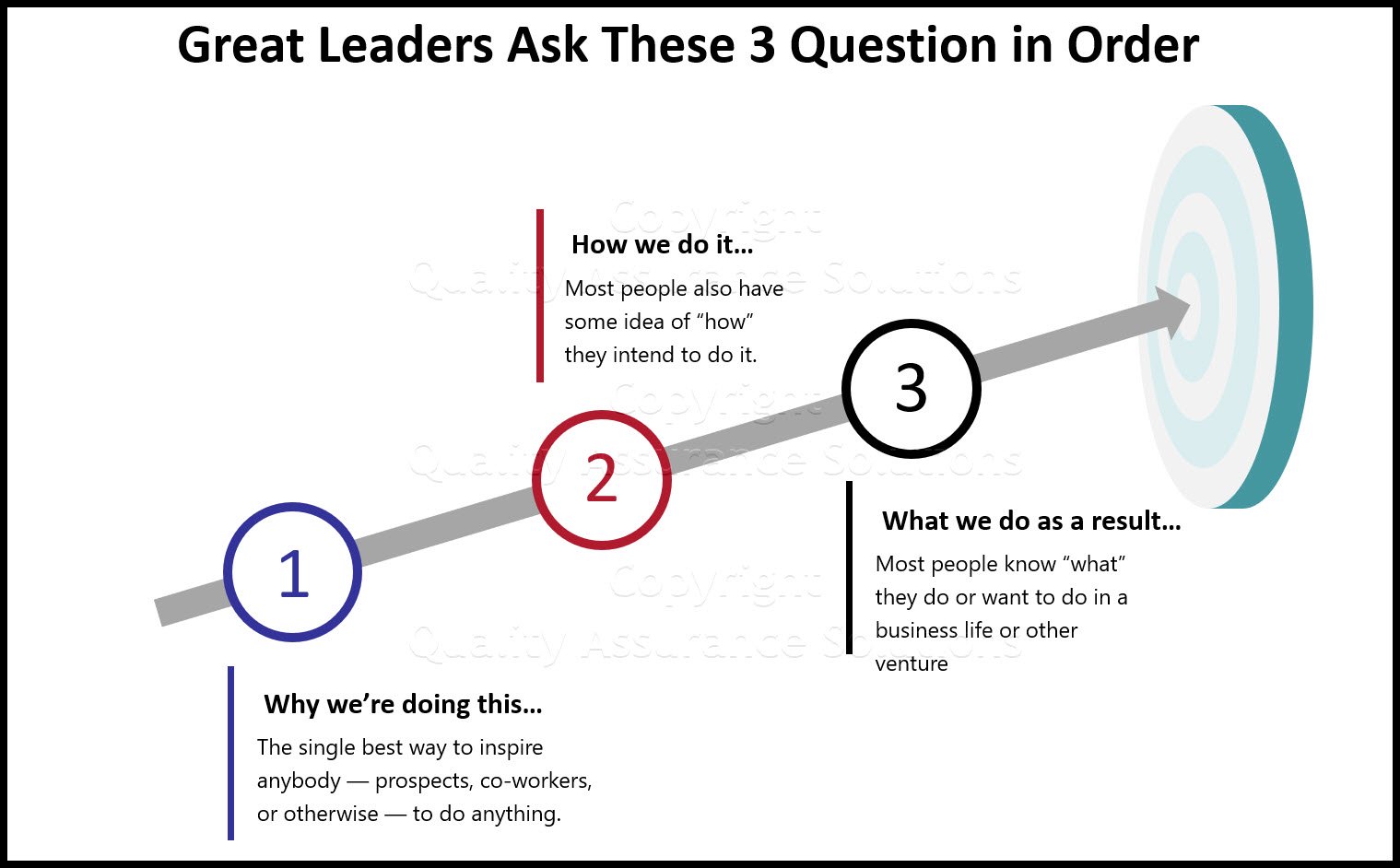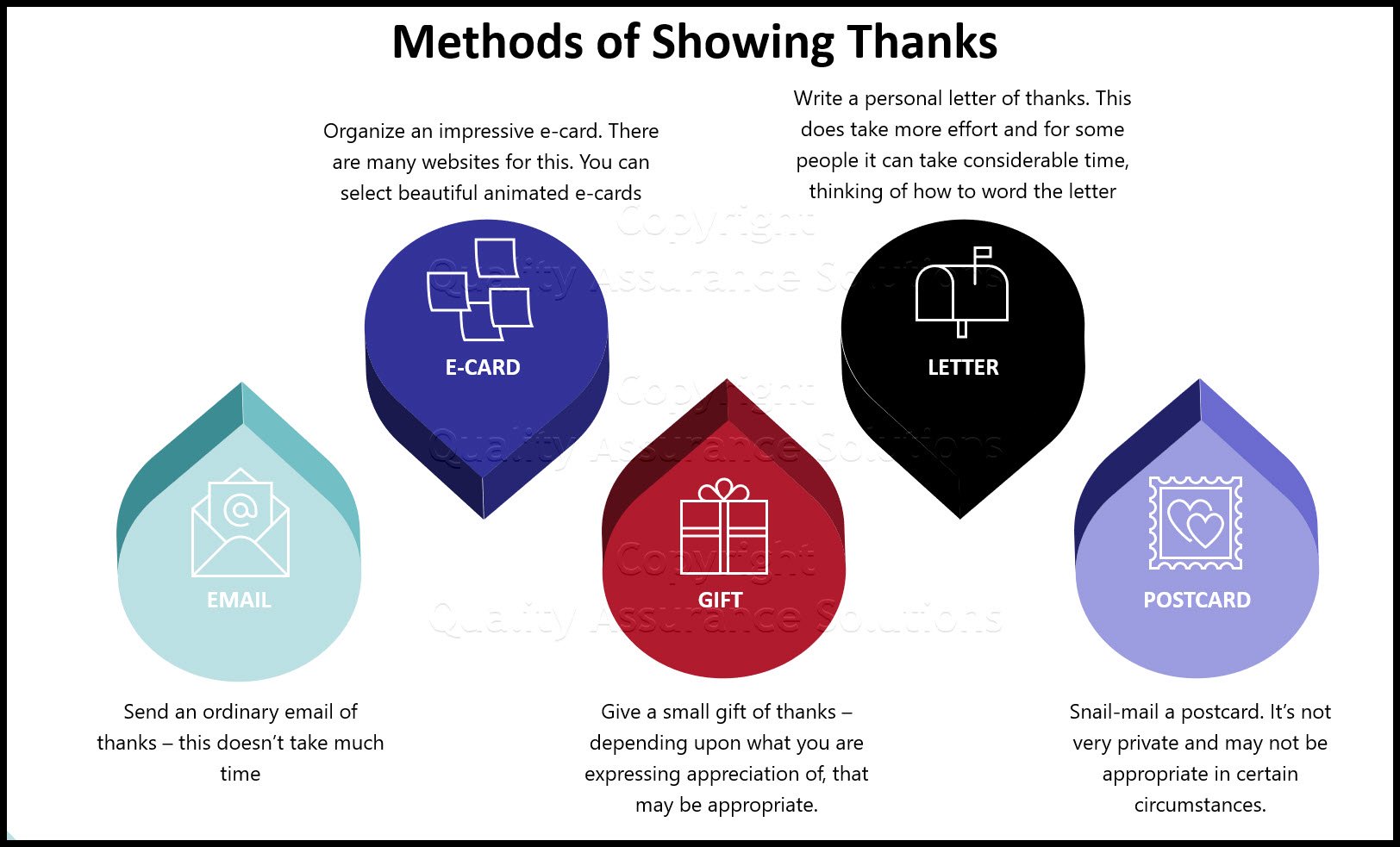Reframing:
Better Problem Solving Through Better Communication
The reframing concept can change your business, your team, and your life.
As you know, everyone has patterns of behavior, thought and speech that they follow. These patterns persist despite the fact they may have negative impact on people's lives, despite their attempts to change them.
Teams and organizations have habitual patterns as well: collective agreements about "well this is the way we've always done it," or "this is the way we think about that."
These patterns make it difficult to fundamentally change the collective culture of an organization. Importantly, you must establish a healthy culture for a new business or team from the start.
PDCA Complete is an organizational task management system with built-in continuous improvement tools. Includes projects, meetings, audits and more.
Built by Quality Assurance Solutions.
Patterns Are Part of Human Nature
If you're like me (and most people) you find yourself getting stuck in ruts. Maybe you started an exercise routine, stuck with it for a week, but come next Monday you find yourself gorging on Cheetos while drinking a Coke and watching reruns on Netflix. (maybe that's just me). And you say to yourself "Hey exercise doesn't fit into my schedule."
The Problem/Perception/Reaction Cycle: Problem or Event / Habitual Interpretation / Inappropriate Reaction
You fall back to the thoughts, and behavior patterns that at some point in your life worked to solve your problems. But as you know, these thoughts and behaviors no longer get the job done. They don't solve your problems anymore.
You become a prisoner of your own thoughts and actions. You fall into the ruts of how you do things because that's the way you've always done them.
Surprisingly, this isn't a bad thing (if your thoughts and actions are positive and empowering). But if your thoughts and actions are detrimental to your health, obviously you should think about looking at them differently.
The human mind is an amazing computer, always interpreting our surroundings, you can't shut it off. But take a good look at the roots of self-limiting thoughts and self-destructive behavior.
As long as these default problematic patterns remain, the deeper they become
embedded into your psyche or the culture of your team. The more embedded the
harder to change your habits. Obviously, these patterns can have detrimental
consequences on your professional relationships and your career.
This Data Analysis Video teaches you the basic tools for understanding, summarizing, and making future predictions with your collected data. Includes MS Excel templates.
There is hope!
Rather than remaining a slave to your thoughts and actions, you can use this process and techniques to reinterpret the world around you, and help improve your response in highly-emotional or stressful situations where people's nerves bubble close to the surface.
As Anthony Robbins says: "A signal has meaning only in the frame or context which we perceive it."
So you're seeing how this process can help you personally, but how do we apply the reframing process to our team or organization?
To really get the core behavior and thought patterns of any group, you must take a close look at the context, the environment surrounding their thought and behaviors.
Reframing can be use to improve relationships, build teamwork, and develop more effective communication patterns.
You can look at the world around you differently, You can see opportunity where before all you saw was difficulty, liability, and hardship.
Reframing, when done well, is a tool that will allow you to add value to any
individual, any team, any situation.
Get certified in Risk Management through our completely on-line training system. Study at your own pace.
Reframing Method
To reframe, step back from your conversations and actions, and consider the frame, or 'lens' through which this created reality. Understand the unspoken assumptions, including your used beliefs and schema.
Then consider alternative lenses, effectively saying 'Let's look at it another way.' Challenge yours or their beliefs or other aspects of this frame. Stand in a different, self created frame and describe what you see. Change attributes of the frame to reverse meaning. Select and ignore aspects of words, actions and frame to emphasise and downplay various elements.
You can often change a person's frame simply by changing their emtotional state, making them happier, more aggressive, etc. When they are happier, for example, they will be more positive and optimistic (and vice versa).
Watzlawick, Weakland and Fisch (1974) describe the 'gentle art of reframing' thus:
"To reframe, then, means to change the conceptual and/or emotional setting or viewpoint in relation to which a situation is experienced and to place it in another frame which fits the 'facts' of the same concrete situation equally well or even better, and thereby changing its entire meaning."
Your ISO 9001:2015 Kit includes Templates, QA Manual, Implementation Guide and a Gap Assessment Internal Audit Tool for ISO 9001:2015
The term 'frame' appears in the common usage of a 'frame of mind', typically used to describe a cognitive position or mood. Whilst our current emotional state only partly contributes to the perceptual frame, it is an important element of it and changing emotions, changes the frame and hence creates meaning.
Steps
Use this method when two or more people argue in opposing and seemingly-intractable positions. Reframing here effectively changes the ground from under their feet. It is thus a common method in conflict resolution.
- First get each parties to understand their own frame, and that it is a frame.
- Then each must appreciate that other people have different frames that are, for them, valid.
- Then each accepts that no one person has the 'right' frame
- And hence accept that the other person's frame is valid.
- Then to equitably explore similarities and differences.
Includes an easy to edit Calibration Manual, recommended calibration system, reports and templates.
Reframing is the ultimate communication skill.
Great leaders look at situations from different angles. They can take any situation, extract the core meaning from it, and spin it into an opportunity for their team's success.
Great leaders take an emotionally charged audience, and use the energy to reframe people's perception to see how their plan benefits them.
Re-framing can change how you lead people. It gives you the ability to reconnect to your team by changing your perspective of the people around you.
- QAS Home
- Leadership
- Reframing
|
Quality Assurance Solutions Robert Broughton (805) 419-3344 USA |
 |
|
Software, Videos, Manuals, On-Line Certifications | ||
|
An Organizational Task Management System. Projects, Meetings, Audits & more | ||
|
Corrective Action Software | ||
|
Plan and Track Training | ||
|
AQL Inspection Software |
|
450+ Editable Slides with support links | ||
|
Learn and Train TRIZ | ||
|
Editable Template | ||
|
Templates, Guides, QA Manual, Audit Checklists | ||
|
EMS Manual, Procedures, Forms, Examples, Audits, Videos | ||
|
On-Line Accredited Certifications Six Sigma, Risk Management, SCRUM | ||
|
Software, Videos, Manuals, On-Line Certifications |
